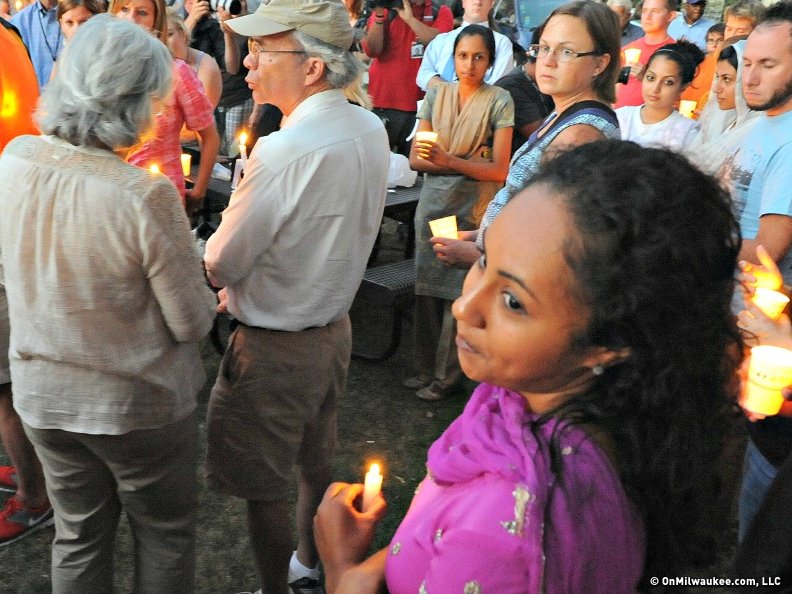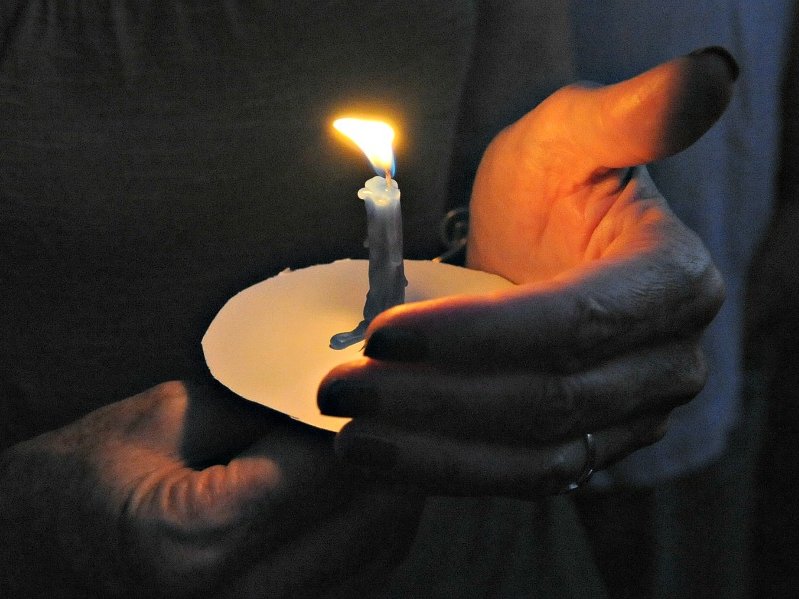Shortly after I heard the news about last Sunday's Sikh Temple shooting, I couldn't help but think back to my day in April with Milwaukee police offers participating in the Tactical EMS Training class at the Waukesha County Technical College.
The scenarios I watched matched up so closely with the real-life shooting in Oak Creek, that I had to give Officer Chad Stiles, the instructor at the class, a call to get his reaction.
Stiles, who works for both MPD and WCTC, couldn't comment on behalf of Milwaukee Police, but he could talk to me as the TEMS instructor.
"I'm not trying to Monday morning quarterback anything, because I wasn't there," he said, before we started talking.
But Stiles had heard the audio of the dispatch call, and he could offer some insider analysis of what happened in those volatile first minutes.
"Initially patrol is going to get dispatched in situations like this, and their job is to go in there and assess the situation," said Stiles. "Sometimes they have little information to start out with. They might not know the scope of what they're getting into. They might think it's just one person down, and then you find out there there's still a subject on the loose."
He said, "They have to try to interview people during this dynamic situation ... so they know who they're looking for. Also, medically try to take care of anyone who gets hit."
I asked Stiles if the injured police officer, Brian Murphy, acted according to protocol, tending to a victim before neutralizing the threat of the shooter. My first thought, from the outside looking in, was that he had not.
"As far as the information he had specifically, that may have been the best course of action. I can't say for sure what he knew at the time," said Stiles.
"The way we train is that if we know it's an active shooter, they go in in teams, walking past potential injured people because they need to stop that homicide in progress. If you don't know that it's an ongoing, active shooter situation, you might stop at the first victim, try to obtain information and render as much aid as possible, until you can make an assessment of the whole scope of the situation."
I also wanted to know why news footage showed ambulances from the North Shore and squad cars from the Waukesha County Sheriff office. Did Oak Creek not have enough resources to respond to this?
Said Stiles, "Multiple mutual aid calls went out. The EMS folks have a MABAS box, which stands for Mutual Aid Box Alarm System."
"It's the way that departments in the state can identify resources," explained Stiles, that a predetermined system is in place to send ambulances from around the area. That way, said Stiles, one department doesn't use and deplete all of its units on one emergency.
Finally, as an officer and a trainer, himself, I asked what went through Stiles' mind on Sunday.
"Both this incident and in Colorado, this is exactly what we've been training for, and this is exactly why we're using the methodology of training our officers this way," he said.
Andy is the president, publisher and founder of OnMilwaukee. He returned to Milwaukee in 1996 after living on the East Coast for nine years, where he wrote for The Dallas Morning News Washington Bureau and worked in the White House Office of Communications. He was also Associate Editor of The GW Hatchet, his college newspaper at The George Washington University.
Before launching OnMilwaukee.com in 1998 at age 23, he worked in public relations for two Milwaukee firms, most of the time daydreaming about starting his own publication.
Hobbies include running when he finds the time, fixing the rust on his '75 MGB, mowing the lawn at his cottage in the Northwoods, and making an annual pilgrimage to Phoenix for Brewers Spring Training.







